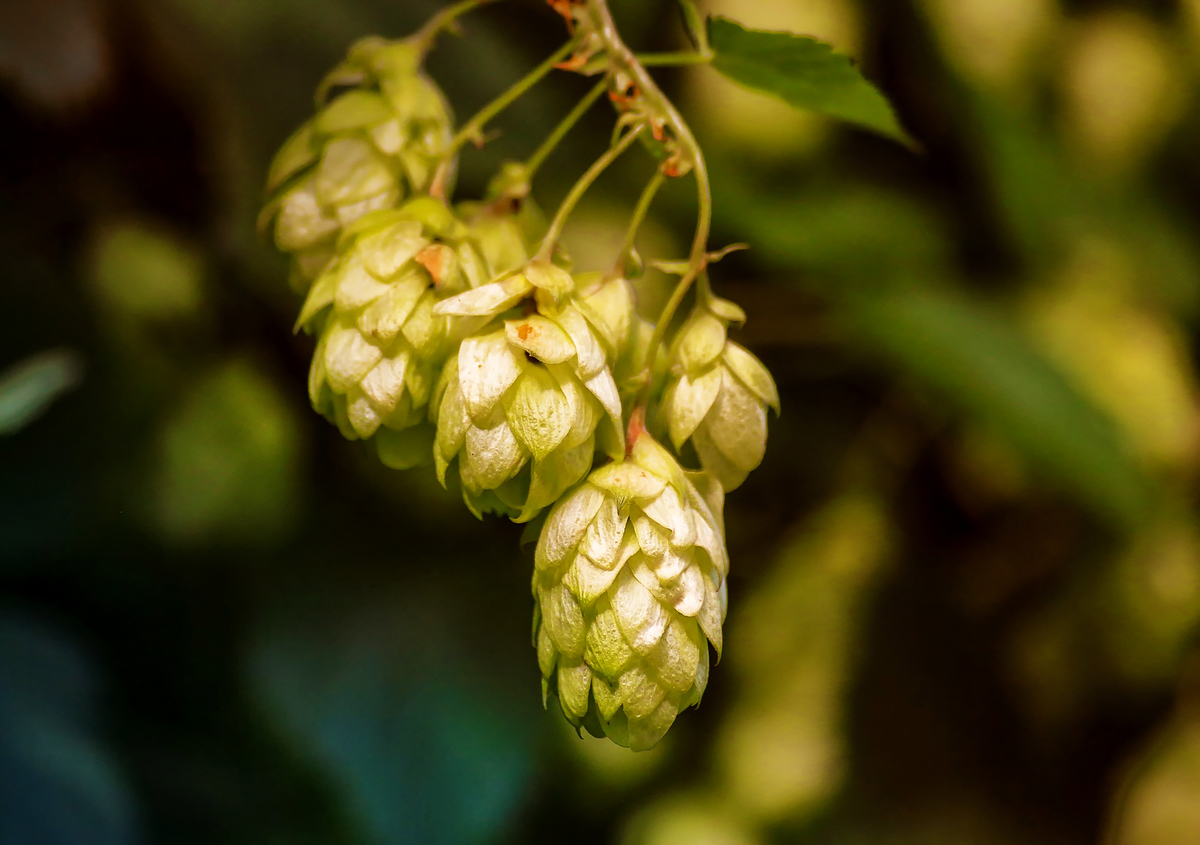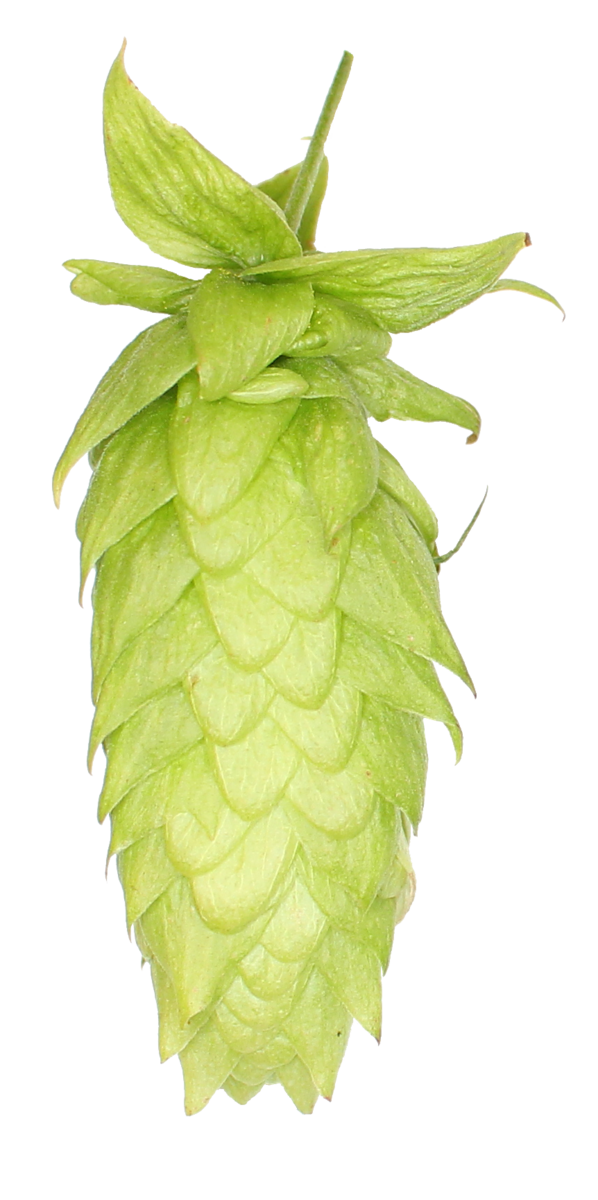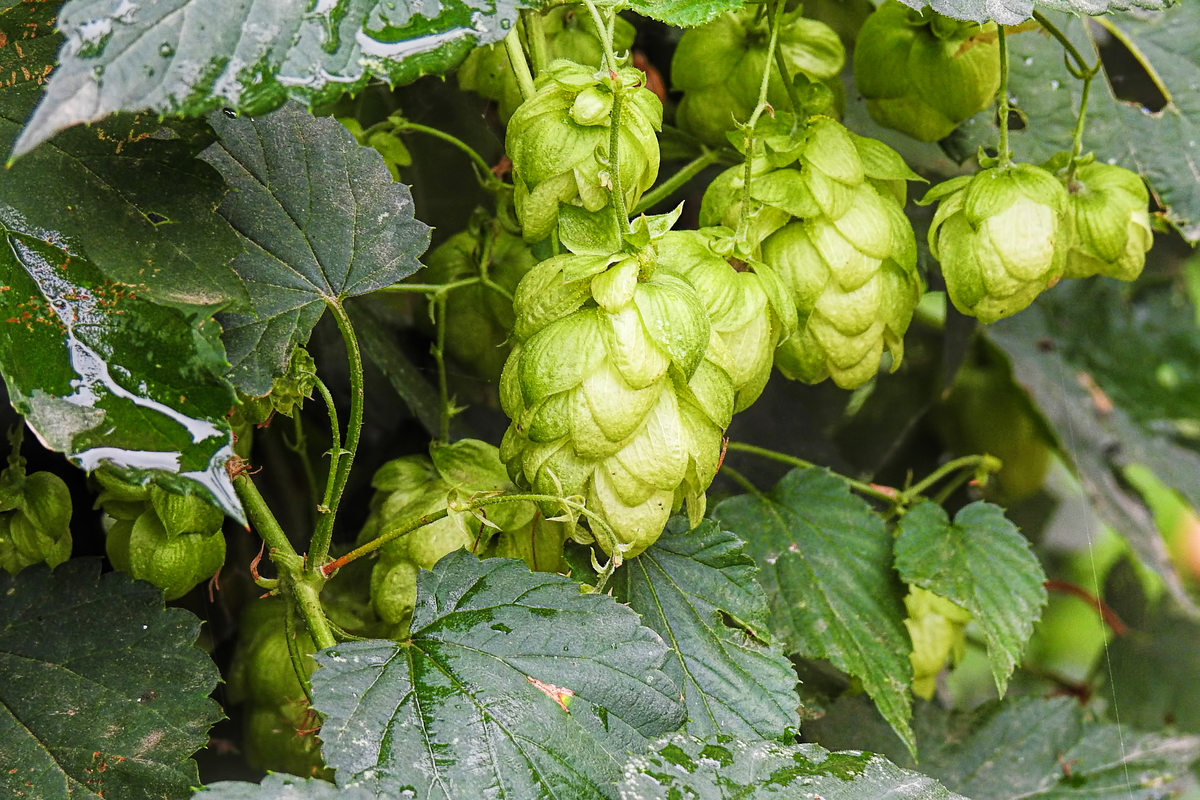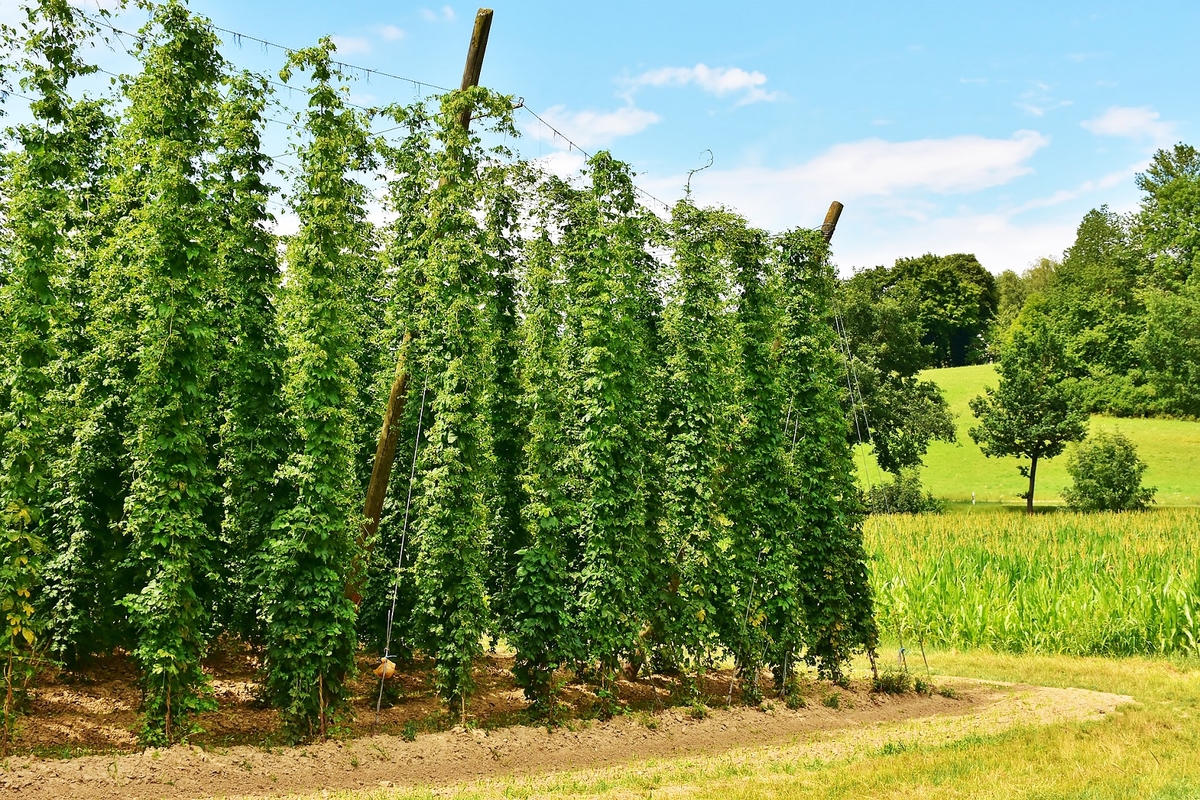Start 14-Day Trial Subscription
*No credit card required

The Hop Report: Trending Hops for 2019
You can make beer without hops. However, the odds of making good beer without hops are not incredibly high.
Hops are inextricably entwined with the story of beer, just as they bind to the trellises upon which they ascend every year. They are mysterious, seemingly able to take on elements of nature’s most enticing offerings – mangoes, kiwis, lemons or spices like sage or mint. Of course, being related to the “forbidden fruit” of cannabis only adds to their appeal.
As humans are hardwired to do, we are constantly seeking out the newest and best; the shiniest, ripest, or even most aromatic and flavorful. If a craft beer drinker wants the newest, best or “hottest” beer, much of what will determine their experience stems from the hops contained within.
If the experience is pleasurable, these hops will be cultivated, selectively bred and produced in exponentially larger quantities, just as recent phenoms Mosaic and Citra have been. In fact, despite having only gained traction in the past few years, these two varietals comprised an estimated 15 percent of hops produced and harvested in 2018, according to a Reuters report.
Hop Harvest 2018
On the note of hop harvests, overall estimated numbers from Reuters were down just a touch from 2017, from 118,000 tons to 117,000 with more U.S. hops headed overseas as worldwide craft beer interest grows and domestic interest wanes slightly.
Interestingly, despite comprising roughly 2.5 percent of world beer sales, craft beer consumes 20 to 25 percent of the world’s harvested hops every year.
Below is a list of rising star hops – some of which were made to suit the public’s taste and some of which the public’s palate has evolved to crave.
Each of these hops represent the culmination of years, if not decades, of research and testing. They have been found ideal not only in flavor, but in growth rate, yield capacity, cone size, disease and weather resistance, ease of harvest and storage life. Now they're ready for their time in the brewer's spotlight, each vying for the chance to change the tastes of the beer-drinking public. Success would allow these hops to sit securely alongside the most influential hops of all time by pushing the boundaries of what craft beer can be.

Sabro - Origin: United States
A creation by The Hop Breeding Company (HBC), a venture between John I. Haas, Inc. and Yakima Chief Ranches, LLC, Sabro boasts complex citrus and fruity flavors including tangerine, coconut, tropical fruit and peach with hints of cedar, mint and cream.
Beyond its distinct flavor, this hop breed is exciting due to its neomexicanus heritage, meaning it is born of hops indigenous to the American Southwest. These "wild hops" can be hard to breed, with Sabro representing the culmination of two decades of research, but the end result is more genetic diversity, and a hardier, more robust plant.
"If part of your heritage includes the desert and mountain environments of the Southwestern U.S., you have a strong survival spirit in your genes – the essence of sustainability," said Alex Barth, CEO of John I. Haas in a release.
Loral - Origin: United States
Another HBC creation (which is also responsible for Mosaic and Citra), Loral has been described as "super-noble," referring to its range of characteristics, both noble in nature (peppery, herbal and floral) and the juicy, lemon-citrus notes of newer American varietals.
Described as a great blending hop, with a Goldilocks balance of earthy, citrus and stone fruit notes, it is the result of crossing Glacier hops with a Nugget sub-type.

Lemondrop - Origin: United States
True to the name, Lemondrop offers a pleasant, piquant lemon-citrus character with a similar aroma to boot. Clean citrus and juicy fruit flavors are where this varietal is most comfortable, with spicy herbal notes and the slightest hint of sweetness. As such, this is a more refined hop, not designed to blow the doors down in super high-alpha fashion and will function beautifully in both ales and lagers.
Those looking for similar options will find this to be a fresh take on the old guard of Cascade and Centennial, and unsurprisingly, Lemondrop is the offspring of a female Cascade and an unnamed male, known as USDA 19058.
Image Courtesy Hopsteiner
Hallertau Blanc - Origin: Germany
Along with Nelson Sauvin, Hallertau Blanc is paving the way for beers with wine-like characteristics. In doing so, it is helping to shift the public perception towards thinking of beer as a luxury beverage akin to its vinous sister liquid. This style of hop is also behind the rising star of the Brut IPA, which features champagne and white wine-like qualities.
Born from a Cascade breed in 2012 on the Hüll farm in the German Hallertau region, this beer was made with American ales in mind. Its vino-esque qualities of gooseberry and grass resemble flavors found in Sauvignon Blanc, hence the name, but is primarily used for its aroma, which features notes of lemongrass, grapefruit, black currant, pineapple and elderflower.

Jarrylo - Named for the Slavic god of fertility and vegetation (Jarilo), this hop comes from the American Dwarf Hop Association (ADHA), which was originally founded to develop hops suited for low-trellis growing.
Flavor-wise, Jarrylo is subtle, with mild fruity aromas and flavors of banana, orange and pear, with a hint of peppery, citric bitterness.
A "love it or hate it" hop, the brewing consensus is that this hop is meant to be blended rather than showcased in American-style beer, and it shines with refined styles like lager, pilsner or Weizen. Think American hop qualities, but with a European sensibility.
Dr. Rudi - Origin: New Zealand
The only hop on the list which has earned its doctorate degree, The Dr. has been around since 1976, though it originally was called "Super Alpha," – although its alpha acid percentage isn't particularly high in today's alpha-obsessed beer-scape.
Like any good doctor, Dr. Rudi isn't a one-trick pony. It exhibits both floral, herbal and spicy flavor and aroma traits similar to Noble variants along with a touch of fruity, peachy notes found in Galaxy and Citra, good for both bittering and aroma.
Often used in single-hopped beers, the end result is a spicy, grassy and not overly bitter brew that will appeal to both American and European tastes.

Calypso - Origin: United States
Often used as a dual-purpose aroma and bittering hop, Calypso has expanded the "grassier" side of the hop palate, which has garnered it both praise and criticism.
Brewers have noted a subtle, pleasant blend of fruit and citrus elements including apple, pear, tropical and stone fruit followed by delicate hints of lemon-lime, earthy black tea, zesty pepper and mint.
Image Courtesy Hopsteiner
Cashmere - Origin: United States
Cashmere is a Cascade and Northern Brewer hop cross developed by Washington State University that has garnered recent attention for its tropical mélange of coconut, peach and tangerine aroma and flavor, with added notes of melon and lemongrass upon first sip. Essentially, this hop is perfect for tropical IPAs and hazy IPAs, two of the hippest styles currently available.
Ekuanot - Origin: United States
One more HBC creation circa 2014, the hop formerly known as Equinox has been gaining ground due to its multifaceted usage, functioning well in IPAs, sours, witbiers and any other style that requires significant hop presence. A high oil content makes it well-suited for whirlpooling and dry hop additions and allows it to stand on its own in a single-hopped format.
What has got more brewers talking is its mouthwateringly complex bouquet of flavors and aromas, featuring “lime, apple, melon, berry, cedar, papaya, bay leaves, eucalyptus, clove, sage and tobacco,” according to BSG Supply Group.

"You can make beer without hops. However, the odds of making good beer without hops are not incredibly high."



